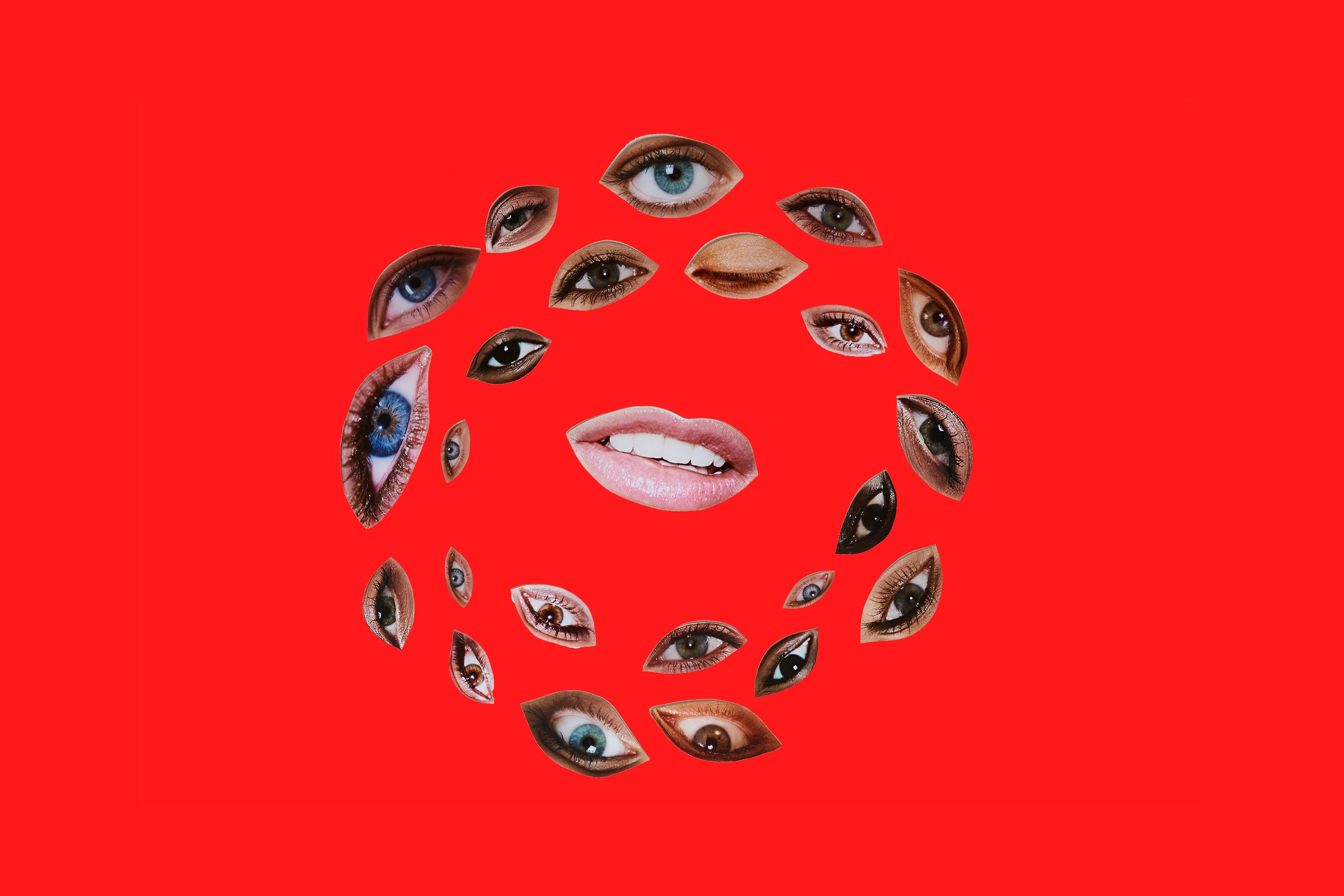"Nunchi" is Korean for “eye measure.” According to Kyungpook National University professor Heo Jae-hong, a leading researcher on the subject, there is little consensus on its exact definition. He describes it as “the act of figuring out what your counterpart thinks and feels in a certain situation and acting accordingly,” but many English-speaking Koreans equate it to simply “reading the room.”
Last year, journalist Euny Hong shed light on a term often used in Korea in her controversial book The Power of Nunchi: The Korean Secret to Happiness and Success—leading many to ask what nunchi is, how to become better at it, and if her characterization of nunchi is accurate at all.
As for developing better nunchi? Some Koreans say it can’t be done—either you’re born with it or you’re not—while others say it’s “uniquely Korean” and debate the applications of this word in other countries. (Heo says the idea that only Koreans practice nunchi is unsubstantiated.) The little literature on improving one’s nunchi involves being in a physical space together, but as more of our interactions shift online in the new normal, perhaps it’s time to ask ourselves what having nunchi looks like in the digital world. Use these tips to upgrade your cognitive empathy, become more observant in the virtual room, and send digital messages with more nuance.
Heo says that nunchi and cognitive empathy, the ability to put yourself in someone else’s shoes, have definite overlaps. Although more research needs to be done when it comes to the applications of nunchi to digital interactions, he imagines that improving your cognitive empathy overall can also develop your nunchi skills.
One obvious place to start when contemplating your cognitive empathy is with active listening. To be a better active listener, you need to pay attention to every word and intonation when being spoken to, and then, without judgement or snark, restate what you’ve heard to allow the speaker a chance to clarify or elaborate. Not only does active listening help you become more observant, the act alone helps you become more empathetic.
Already a fantastic listener? You can also try reading more fiction. According to a 2013 study conducted in the Netherlands, reading more fiction can lead to increased empathy over time—as long as the reader feels emotionally transported to the story. Among those studied, an increase in empathy was noticed in as little as one week! Similarly, a 2012 study showed that children and teens receiving acting classes over a period of one year also showed increased scores of empathy.
Clinical psychologist Jung Yeon Yim says it is challenging to study nunchi in a digital setting, because implicit cues are less obviously communicated, but it is still possible to find evidence of nunchi practiced in Zoom meetings and in chat groups. For example, in Zoom meetings, “people present their own facial expressions, body language, different tones, posture, eye contact, etc., in front of the monitor, which can convey a lot of implicit cues,” she says.
“When nobody is responding to a certain person in a group chat and said person continues to send texts, you may say he or she has no nunchi.” She names emojis, subtext, and continuing to speak despite a lack of response as a few implicit cues that can be communicated online. Here are a few insights from the experts to help you not be the person who talks too much or seems disinterested.
David Matsumoto is director of a company called Humintell, which has provided workshops on how to read people to organizations like the FBI and the TSA. He often speaks on the topic of "microexpressions"—fleeting, involuntary facial expressions that occur for less than a second. In one interview with NPR, he explains that the morphology of microexpressions is the same as any facial expression: “If it's disgust, for example, I'd say that there's the nose wrinkle, or you're lifting your upper lip. Or if it's anger, or if it's surprise, it would be the brows are up, the upper eyelid is raised, the jaw is dropped.” The key difference between a microexpression and a regular one (aka a macroexpression) is how long it lasts.
Humintell’s blog is chock-full of tips on better communication in the Covid-19 era (including tips on smiling under a mask), and he says these microexpressions are even more important in virtual meetings as the limited view gives us less to work with. He says, “The first thing is not to make too many strange interpretations of lack of eye contact. The second thing is to keep in mind that there can be a lag in terms of the signal quality, both in terms of what we can hear in our speech and in terms of what our expressions are, and not to read too much into it.” After allowing room for these things to occur, he says the rules for reading microexpressions online are the same as offline. Check out this Youtube video where Matsumoto tells Vanessa Van Edwards at Science of Power about some small exercises on how to become better at honing in your observational skills.
When speaking to a group of people in real life, visual cues like gestures and body posture may signal interest or boredom—telling you to speed up or become slightly more animated. It seems infinitely harder to match the tune of a screen full of faces in a Zoom meeting, but Elric Elias at the University of Colorado, Denver, says it is possible to read many faces at once.
Elias studies ensemble perception—one’s ability to visually process a group of objects from a brief glance—and has applied that to reading emotions. Since many of the experiments used to study ensemble perception have used faces on computer monitors, he gathers that its results could be applied to virtual meeting rooms. He suggests letting your attention be “diffuse” and advises against scanning one face after another. “Don’t focus on any one particular face. Instead, try to spread your attention across the whole crowd, while trying to take in the whole scene—the gist,” he says. It may feel counterintuitive, but Elias’ research actually finds that as long as your group is in sync with one another, observers can perceive the emotion of that group more precisely than even a single dynamic face.
In a piece about digital conversations for The Atlantic, Deborah Tannen of Georgetown University explains how written conversations can make up for the lack of voicing with conventions that mimic speech. “I can be ‘so happy!!!!!!!’ or ‘sooooo happy’ or ‘SO happy’ or ‘sosososo happy’ or even ‘SOSOSOSOOOOOO happy!!!!!!!!!!!!!!!’” What does it mean when someone is a particularly animated texter? Or does not respond to emails for days?
Tannen says that to understand how people speak digitally, you have to first consider the speaker’s background and how that might affect how they communicate. In her book Conversational Style, for example, she talks about how New Yorkers tend to demonstrate “high involvement,” meaning you show you’re a good person by becoming more involved in a conversation, whereas Californians, Midwesterners, and New Englanders are more inclined to be “high considerate”—showing you are a good person by not imposing. Likewise, the way someone behaves on social media can vary greatly with age.
Once you are aware of your speaker’s background, Tannen says, you have to become attuned to that individual’s normal so that you know when they are trying to communicate something unusual like being angry or annoyed. Look for patterns in how they behave. Do they often take days to respond to messages? Does this person respond better to phone calls than to emails? No matter how inconsistent someone’s actions might seem, Tannen says, there is always a pattern.
Yim says there is not a lot of literature on improving nunchi, because nunchi can have both positive and negative connotations. While “to have nunchi” is generally considered a good thing, “to see nunchi” often conveys that you are acting out of insecurity or intimidation. When applying nunchi strategies to your interactions, ask yourself: Are you acting out of a heightened sense of self-awareness or in response to fear about what others will think of you?
You may also find that not all situations call for observation and tact. Tannen says that while it may not be in the nunchi style, direct communication can come in handy: “Express your frustration in a way that is not blaming the other person, but more the spirit of what's going on. The confrontation may be risky, because you are making yourself vulnerable, but if the person responds well, you may together raise it to another level of intimacy. And if they don't, then you step back. Gradually you're relating to each other better than you were before.”
- 📩 Want the latest on tech, science, and more? Sign up for our newsletters!
- The man who speaks softly—and commands a big cyber army
- Amazon wants to “win at games.” So why hasn’t it?
- A common plant virus is an unlikely ally in the war on cancer
- Publishers worry as ebooks fly off libraries' virtual shelves
- Your photos are irreplaceable. Get them off your phone
- 🎮 WIRED Games: Get the latest tips, reviews, and more
- 🏃🏽♀️ Want the best tools to get healthy? Check out our Gear team’s picks for the best fitness trackers, running gear (including shoes and socks), and best headphones






